Big cats are some of the most captivating creatures on the planet. They command respect and admiration through their sheer strength and beauty. However, behind their regal presence lies a fascinating ability to adapt to various seasonal changes in their environment. From the ice-covered landscapes of the Siberian wilderness to the arid savannahs of Africa, big cats have developed incredible physiological and behavioral adaptations that enable them to survive and thrive. This article delves into how these magnificent felines adjust their lifestyles to meet the demands of changing seasons.
Understanding Seasonal Changes
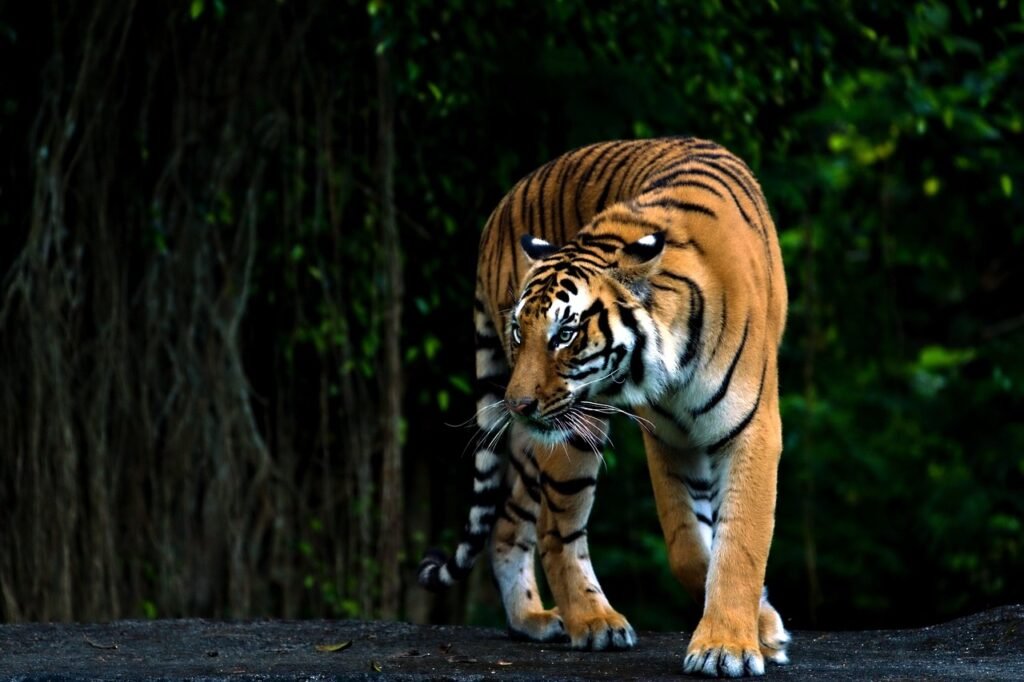
Seasonal changes can have a profound impact on ecosystems, influencing food availability, habitat conditions, and animal behavior. In temperate and polar regions, seasons bring about dramatic transformations in temperature, precipitation, and daylight hours. Animals, including big cats, have evolved specialized adaptations that allow them to navigate these shifts efficiently. Whether they are facing the sweltering heat of summer or bitter winter chills, big cats employ a range of strategies to ensure their survival.
Adapting to Temperature Variations

Temperature fluctuations present a constant challenge for big cats. Species like the Amur leopard and Siberian tiger, which inhabit cold regions, have developed dense fur coats that provide insulation against freezing temperatures. In contrast, lions and cheetahs, which dwell in warmer climates, have shorter fur and a unique ability to regulate their body temperature through behaviors such as seeking shade and panting to dissipate excess heat.
Camouflage and Seasonal Coat Changes
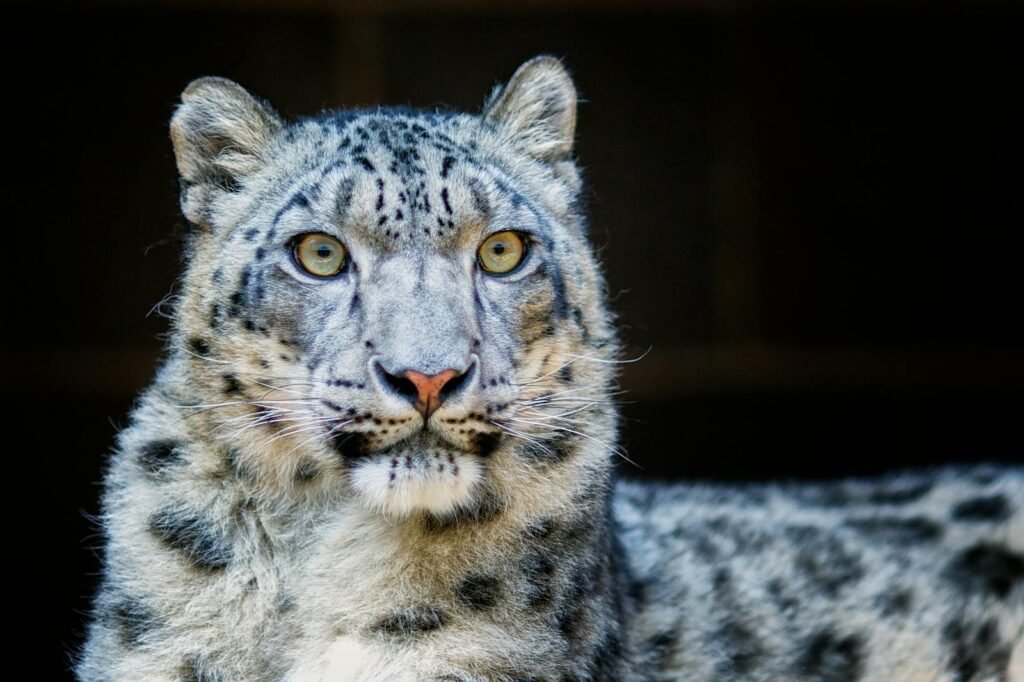
The coat color and pattern of big cats often change with the seasons as an adaptation for camouflage. For instance, the snow leopard has a thick, white-gray coat that blends seamlessly into snowy environments, aiding in hunting and providing protection from predators. In autumn, some big cats might develop brownish hues to match the changing foliage, enabling them to stalk prey effectively without being easily detected.
Migratory Behaviors and Range Adjustment
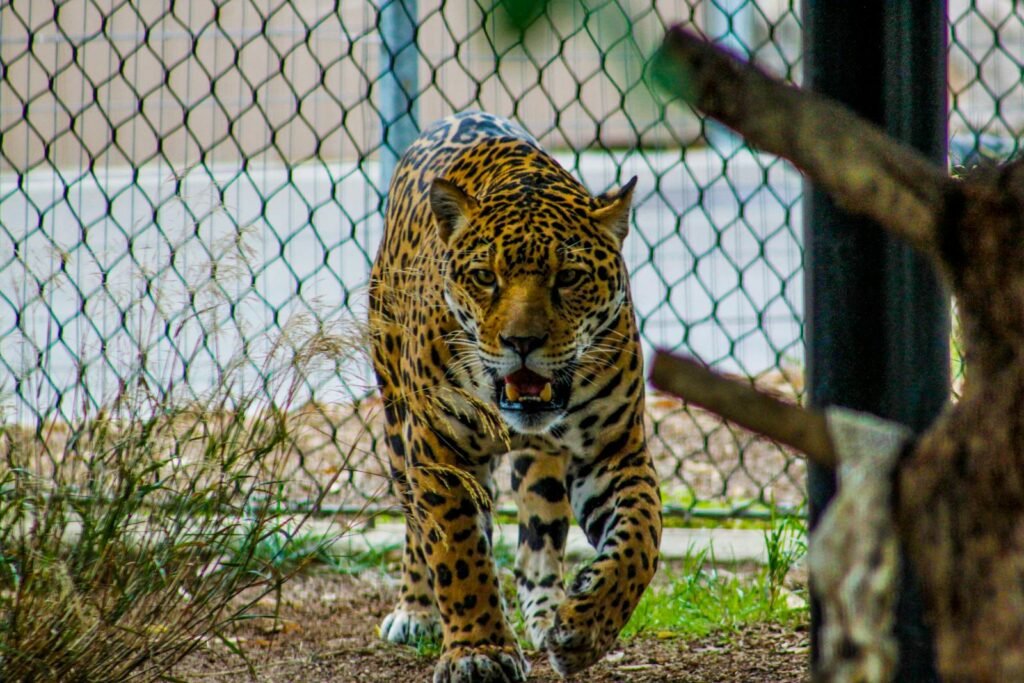
Some big cats adapt to seasonal changes by adjusting their territories. This strategy, known as migratory behavior, allows them to follow prey herds or move to areas with more favorable conditions. The jaguar, found in Central and South America, may shift its range seasonally to find water and food sources during periods of drought. Similarly, snow leopards adapt their ranges based on the availability of prey animals, which may move to different elevations depending on the season.
Reproductive Timing
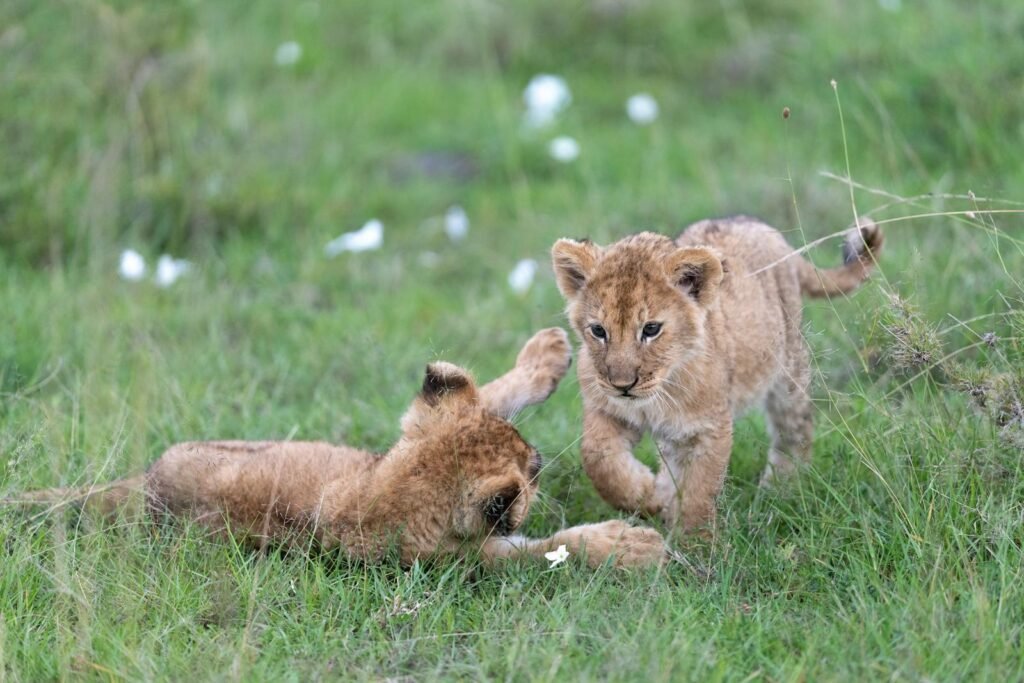
Reproductive strategies among big cats are often timed to ensure that cubs are born during periods of abundant resources. For example, lion cubs are usually born during the rainy season when prey is plentiful, giving the young a better chance of survival. This adaptation helps ensure that sufficient food is available to support the increased nutritional demands of nursing mothers and growing cubs.
Food Storage and Hunting Adaptations
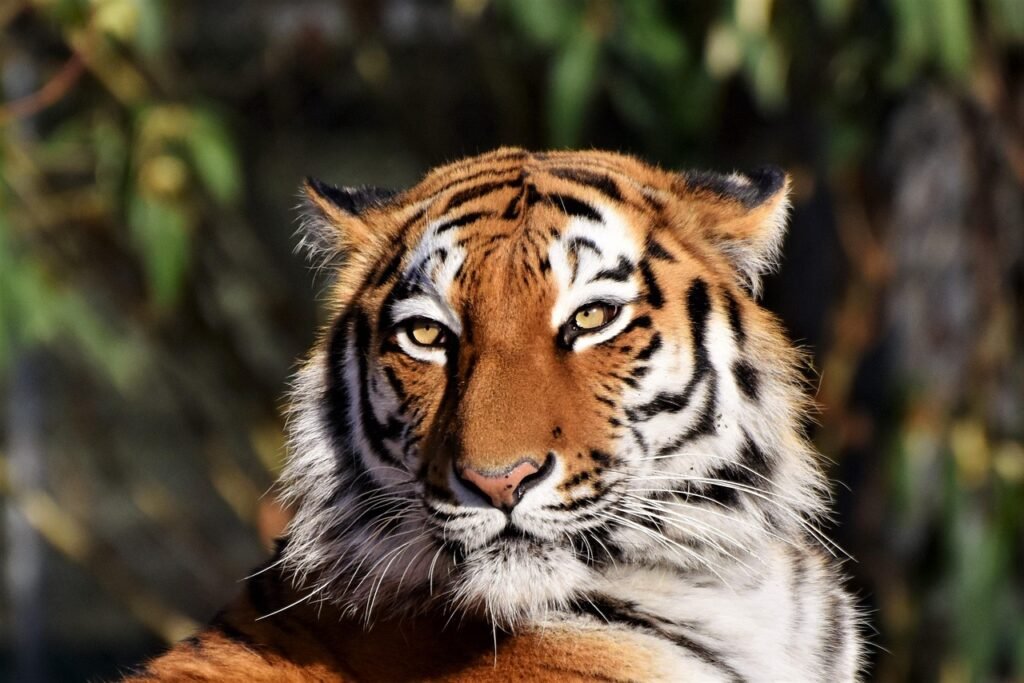
Some big cats, like leopards, have developed behaviors to cope with food scarcity brought on by seasonal changes. Leopards are known to drag their kills into trees to protect them from scavengers, effectively storing food for later consumption. This behavior is particularly valuable during lean periods. Furthermore, adjustments in hunting techniques and prey preferences can be observed as seasonal changes influence what animals are available as prey.
Shelter and Denning Practices
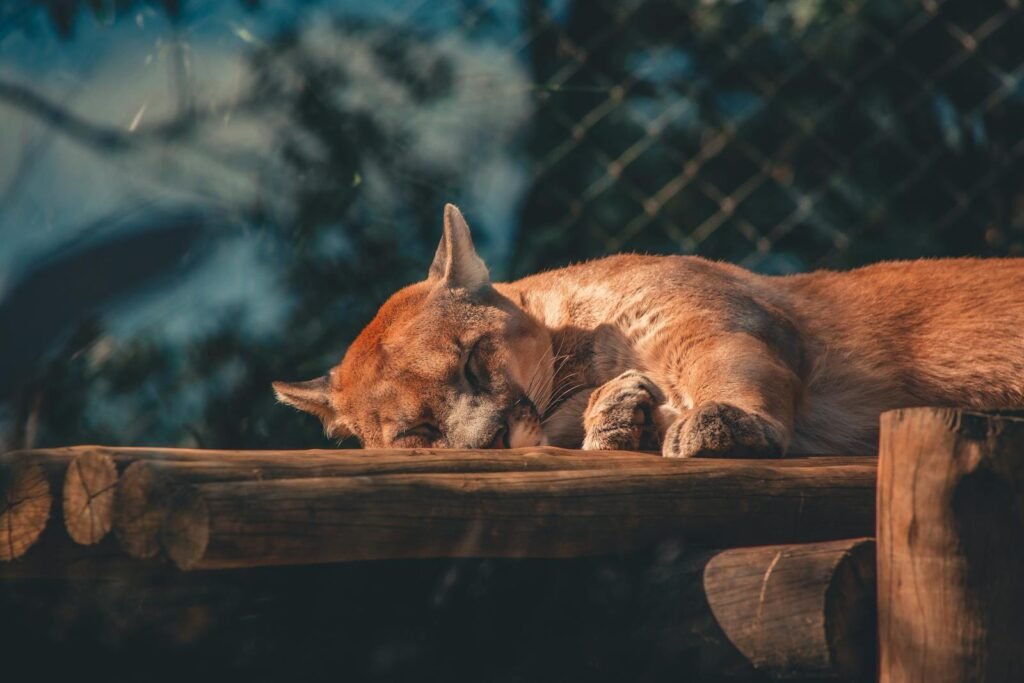
Big cats often utilize natural features in their environment for shelter, particularly during extreme weather conditions. For instance, the cougar uses caves or dense vegetation as dens to protect from harsh winter elements. Similarly, tigers with young cubs will choose den sites that provide shelter and seclusion to raise their offspring safely, avoiding exposure to cold and predators.
Changes in Social Behavior
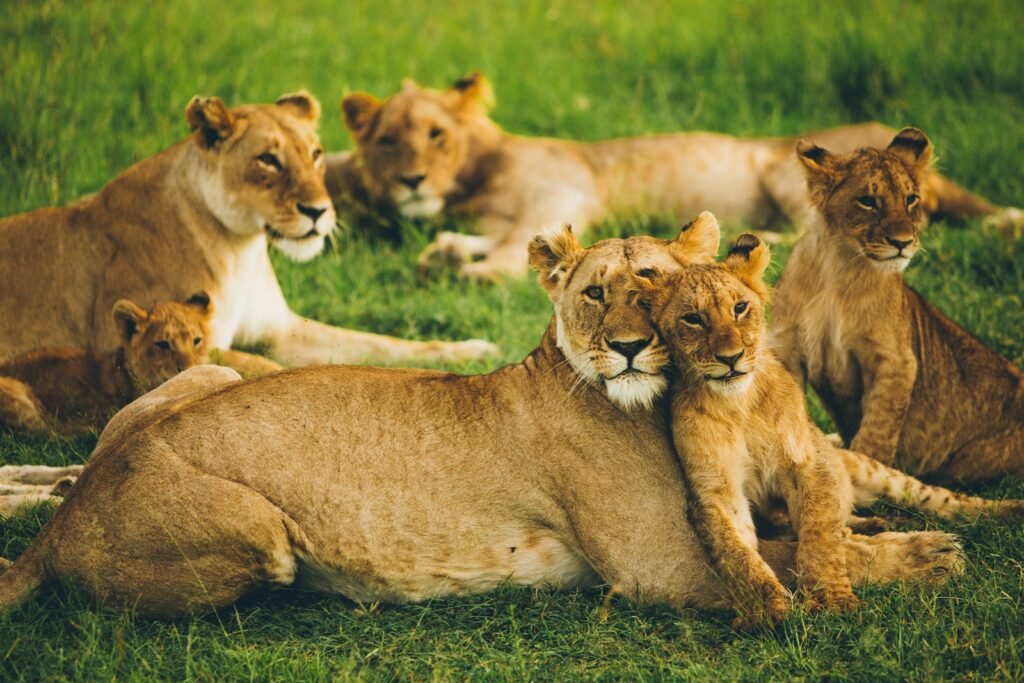
Seasonal changes can also influence the social behavior of big cats. Lions living in prides may experience shifts in group dynamics and roles, with females collaborating more actively during challenging seasons to increase the success rate of hunting and protecting young. Solitary felines like tigers often become less territorial when resources become limited, prioritizing survival over territorial disputes.
Hydration Strategies
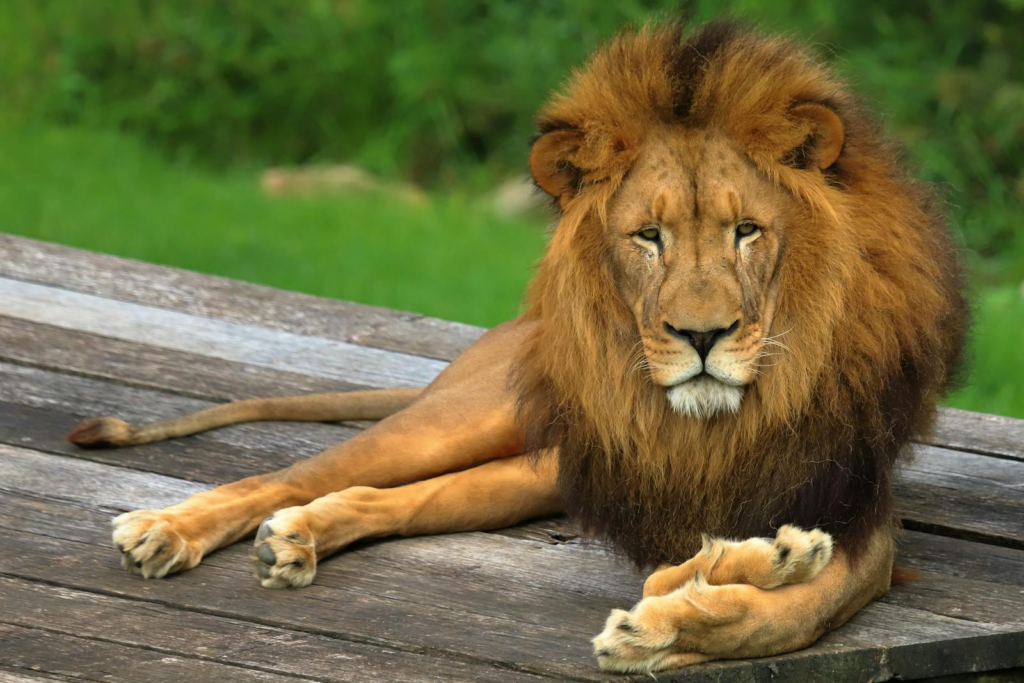
Water availability is a significant concern for big cats, particularly during dry seasons. Species like the African lion are known to obtain moisture from their prey when water sources become scarce. They also adjust their activity patterns, opting to be more active during cooler parts of the day to minimize water loss through panting.
Cub Rearing and Parental Care
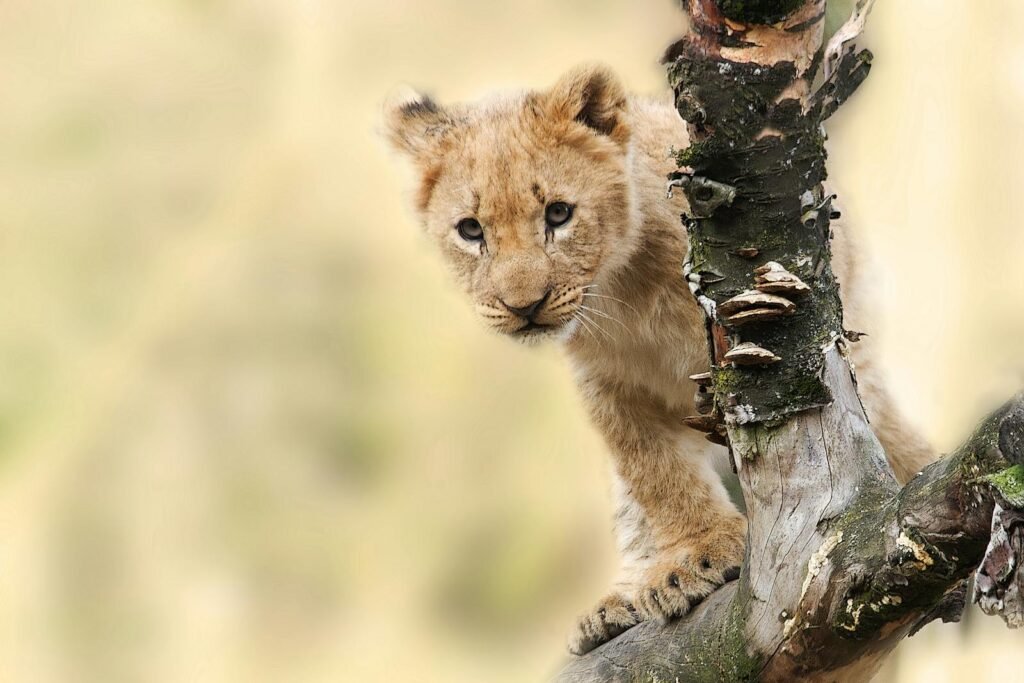
The rearing of cubs demands a strategic approach, especially when environmental conditions are less than ideal. Big cats display various behaviors to ensure the protection and nourishment of their young during seasonal extremes. For instance, mother tigers are diligent in moving their cubs to safer locations if their current den becomes unsafe due to snow or flooding.
Communication and Vocalization
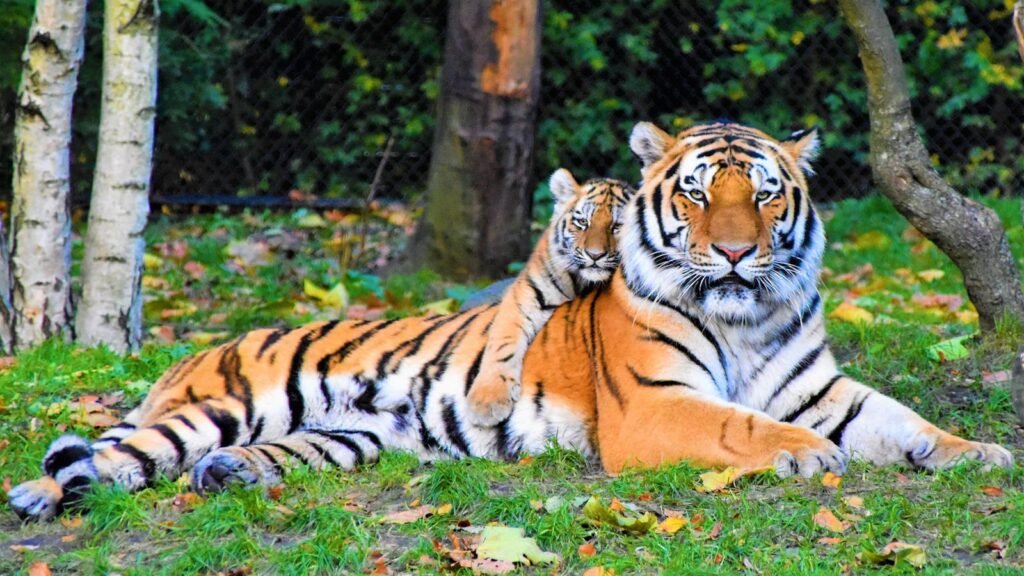
Communication among big cats can also be impacted by seasonal changes. Vocalizations, scent markings, and visual signals are sometimes adjusted to prevent encounters with rivals or attract mates when conditions align with breeding periods. For example, lions roar to communicate their presence and establish territorial boundaries, which can influence group cohesion and interactions.
Behavioral Flexibility
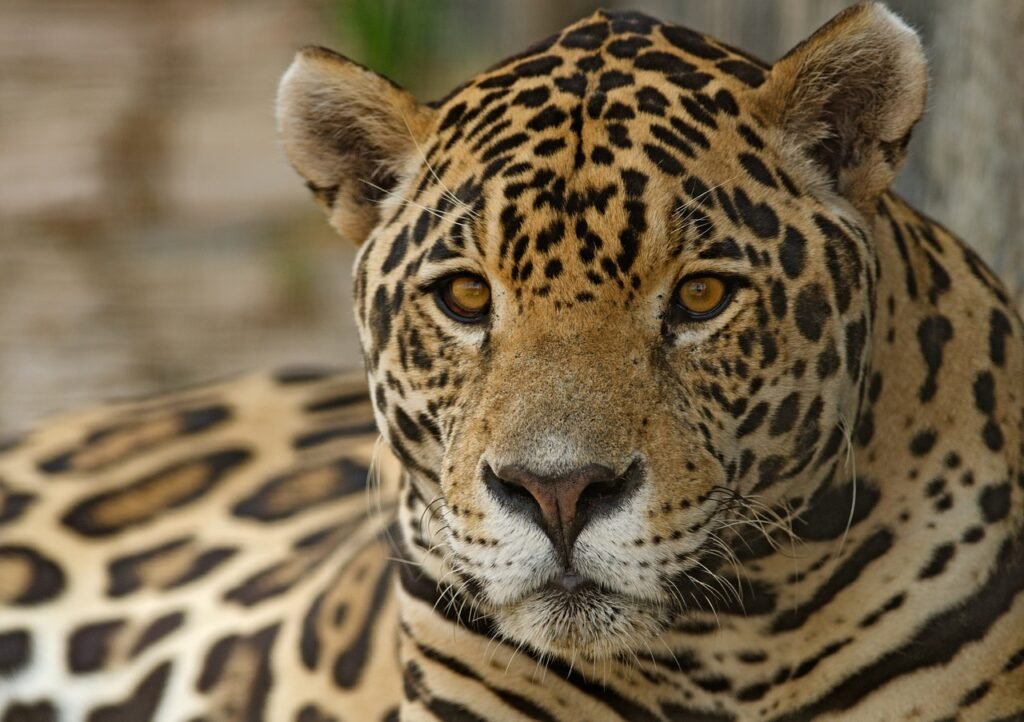
Many big cats demonstrate remarkable behavioral flexibility, allowing them to exploit various opportunistic strategies that align with seasonal dynamics. Rather than relying on specific tactics, they often modify their behaviors based on the challenges and opportunities presented by shifting environmental conditions. This adaptability is crucial in unpredictable climates where resources fluctuate widely through the year.
Conclusion
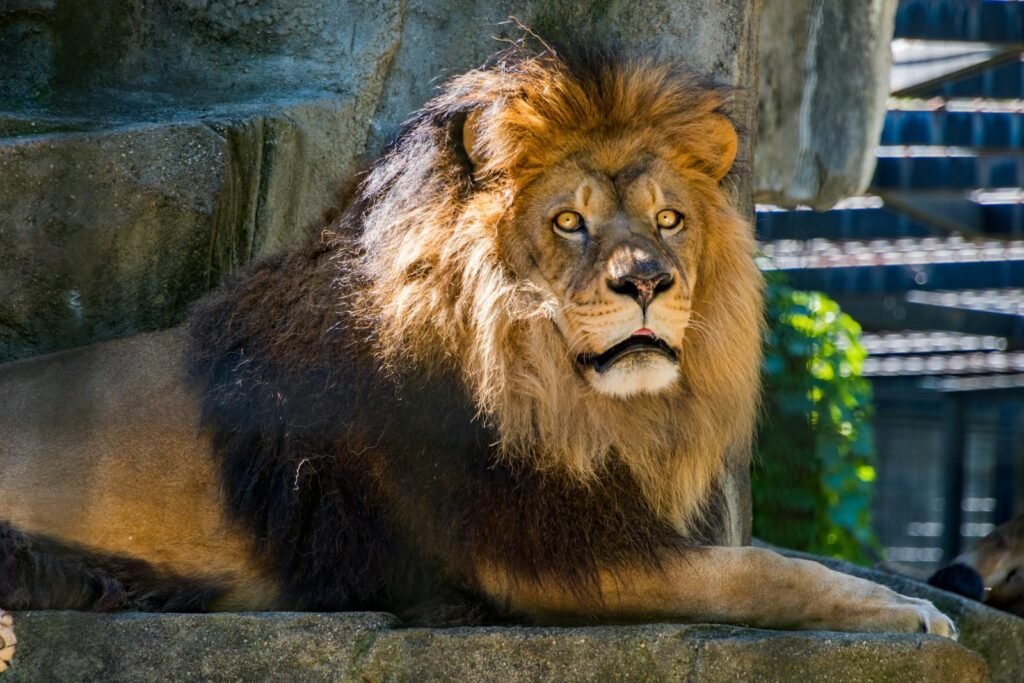
Big cats’ ability to adapt to seasonal changes is a testament to their evolutionary success. Through a combination of physiological, behavioral, and ecological strategies, these majestic animals navigate their ever-changing environments with impressive resilience. Understanding how big cats adapt helps conservationists develop strategies to protect these apex predators and the delicate ecosystems they inhabit. By appreciating their adaptability, we gain insight into the intricate balance of nature and the extraordinary creatures that play a crucial role in maintaining it.
Hi, I’m Bola, a passionate writer and creative strategist with a knack for crafting compelling content that educates, inspires, and connects. Over the years, I’ve honed my skills across various writing fields, including content creation, copywriting, online course development, and video scriptwriting.
When I’m not at my desk, you’ll find me exploring new ideas, reading books, or brainstorming creative ways to solve challenges. I believe that words have the power to transform, and I’m here to help you leverage that power for success.
Thanks for stopping by, Keep coming to this website to checkout new articles form me. You’d always love it!






